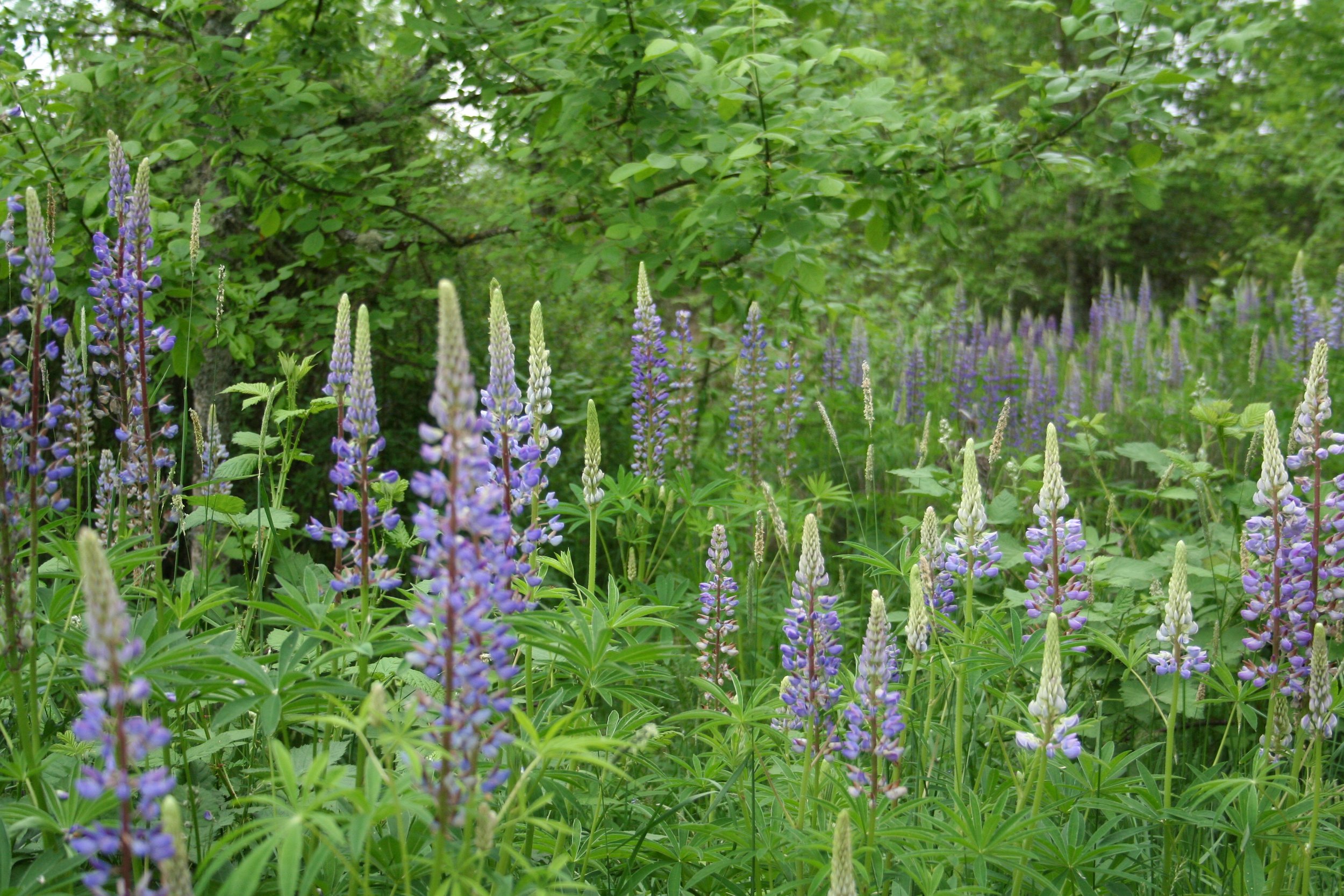
Biodiversity & Plants
Supporting healthy and thriving plants and plant communities is one of the most powerful actions that Landscape Architects can take.
A changing climate affects the conditions in which plants grow, with implications for plant hardiness and survival, and for the dynamic relationships between plants and animals at all levels (learn more in Oregon Climate Change). Climate change is having huge effects on natural plant communities, and plant communities and plant species may be shifting their geographies and may no longer be well suited to the conditions found in their historic ranges.
Stress on plant communities has profound implications for the future of biodiversity, as fauna of all types have co-evolved with specific plant species that meet their needs for survival. Climate-change-induced shifts in bloom time, leaf emergence, fruiting, vegetation structure of plant communities, and geographic range of plant communities, create a need for adaptation within the animal kingdom.
Plants form the basis of the nature-based solutions which form natural carbon sinks, and buffer communities against extreme weather. Therefore, climate-induced stress on plant communities also challenges our ability to mitigate and adapt to climate change.
Key Themes for Climate-Conscious Planting
How to respond to climate change’s effects on our plant communities is an evolving topic, and those in expert positions are still learning themselves. However, a few themes are emerging regarding what a climate-conscious approach to planting should consider.
Climate-Forward Planting Summary
-
Drought tolerant selections that can also withstand winter downpours and winter cold snaps are more likely to be resilient to increased seasonal extremes. See USDA Hardiness Zones and Plant Range Shifts.
The OSU Extension Service also has a page dedicated to Gardening in Climate Change.
-
With increased stress on natural systems, choosing plants that support a diverse array of other species is more important than ever. See Design for Biodiversity
By seeking resilient options within the mosaic of local plant communities, landscape designers can foster existing ecological relationships between plants and wildlife. For natural areas, there may be settings in which favoring a more drought tolerant but still native plant community is the best way to allow those natural systems to be resilient. See also Plant Range Shifts
-
Plants and plant communities that are being threatened by climate change may still thrive within the right microclimate or site context, such as irrigation resources being available. Rather than abandoning these plant communities, consider the ecological value of helping them persist in an advantageous location. See also Pests, Diseases, Dying Trees and Plant Range Shifts
-
Encourage diversity in your plant palettes, both genetic diversity and species diversity. This will give plants the best chance of adapting to adverse conditions, and wildlife the best chance of meeting their needs.
Especially for projects using primarily native plants, and where restoration of natural functions is desired, try to source from nurseries that grow plants from seed, and that can tell you the provenance (geographic location) of the seed source. This will allow more diverse genetics within your plantings, increasing chances for resilient traits to develop. See also Plant Range Shifts
-
Give plants the best chance of success possible through thoughtful site preparation, planting timing, and follow up care such as establishment irrigation. See also Water Use
-
Making management decisions that respond to evolving site conditions will increase a site’s ability for resilience
Click on each theme below to explore more about its significance and strategies:









